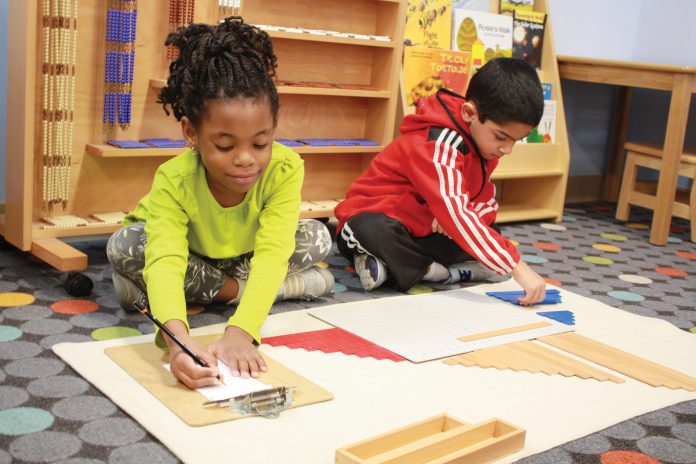You’re facing one of the toughest decisions of your life. You’ll be placing your precious child in someone else’s care. How can you possibly know for certain you made the right choice? Most parents looking for a child care center for their young children ask about student-teacher ratios, reputation and recommendations. These are important and should definitely be considered, but there are many other factors to keep in mind as well.
Have you ever wondered how the experts define quality child care? It’s actually quite a rigorous process. One of the most commonly used assessment tools for evaluating the quality of child care programs is the Classroom Assessment Scoring System (CLASS). Administration of the CLASS involves reliable, trained observers going into the classroom to evaluate it on specific quality measures. Some of them are rather obvious, such as behavior management. A few others might surprise you. It’s also surprising that so few child care programs score exceptionally well on this measure.
Quality indicators
You can use this general overview of the CLASS to guide you as you visit potential child care centers. Try to go at a time when you can observe for a little while rather than simply popping in and out of a classroom on a quick tour. If that is not an option, ask the center director questions about quality to help you make your decisions.
• Climate – Positive and negative climates are evaluated by observing the emotional connection, or lack thereof, between teachers and children. When you enter a classroom, look for warmth, respect and enjoyment, including positive relationships, smiles, hugs, positive communication and a lack of anything that makes you feel negative, such as sarcasm or disrespect. It’s easy to notice the negative qualities, but make sure that you make a concerted effort to look for those positive qualities, too.
• Teacher sensitivity – There are several questions to ask yourself when you’re observing a potential teacher’s sensitivity. How aware is the teacher of individual students, both behaviorally and academically? Does she notice when someone is struggling and intervene before they get too frustrated? Is she successful at addressing their concerns or do children seem to have the same problems over and over again? How comfortable do the children seem to be with the teacher and other adults in the room?
• Regard for student perspectives – Observe how the teacher interacts with children to place an emphasis on their interests and points of view. Are children encouraged to act responsibly and with autonomy? What about leadership? Having tasks and serving as a helper teaches young children to behave responsibly and take leadership. Also look at how the teacher responds to wiggles. All young children wiggle, and they should. But the movement shouldn’t become a distraction to learning. Does the teacher allow an acceptable level of wiggling? Surprisingly, some teachers become quite restrictive in this area as they prepare young children for kindergarten.
• Behavior management – Do children have clear expectations on how they are supposed to behave and what they are supposed to be doing? Is the teacher proactive at preventing behavior problems and redirecting misbehavior?
• Productivity – The work of children is play. That is how they learn best. A high-quality teacher will manage instructional time and routines so that young children have the opportunity to engage in play-based learning. A quality teacher will not spend too much time in routines, transitions and preparing for the next activity. When you’re visiting a potential program, watch how much time the teacher spends engaging with children and encouraging their learning, rather than dealing with these other tasks.
• Instructional learning formats – High-quality teachers maximize the effectiveness of their instruction, involving children frequently, using a variety of materials and senses, and involving topics that interest students. The key thing to look for is that young children are consistently being exposed to new ideas, new materials and new interests, and that it is done in a way that engages and excites children about learning.
• Concept development and language modeling – Listen carefully to the language the teacher uses in the classroom. Does she ask open-ended questions that require analysis and reasoning? (Yes, even young children can do that. That’s what they’re doing when they ask all of those “why” questions.) Do children get to create and make connections with the real world? Are they taught and encouraged to use new words? One of the best things to look for is a lot of talking. You want to see the children doing most of the talking and the teacher encouraging them to expand upon their ideas and language.
• Quality feedback – Feedback is one of the most important things that early childhood teachers can do. It is through quality feedback that teachers encourage participation and expand learning. This occurs when teachers encourage and affirm children’s ideas and efforts, as well as provide information and promote a greater level of analysis and reasoning.
Choose the best fit for your family
The selection of a quality child care program for your children is of utmost importance. As you evaluate potential programs, do consider the typical items such as ratio, recommendations and reputation, but also take the time to evaluate them based on how the experts define quality programs. Then evaluate each option, how it aligns with your family’s values, and select the one that best fits your family.





